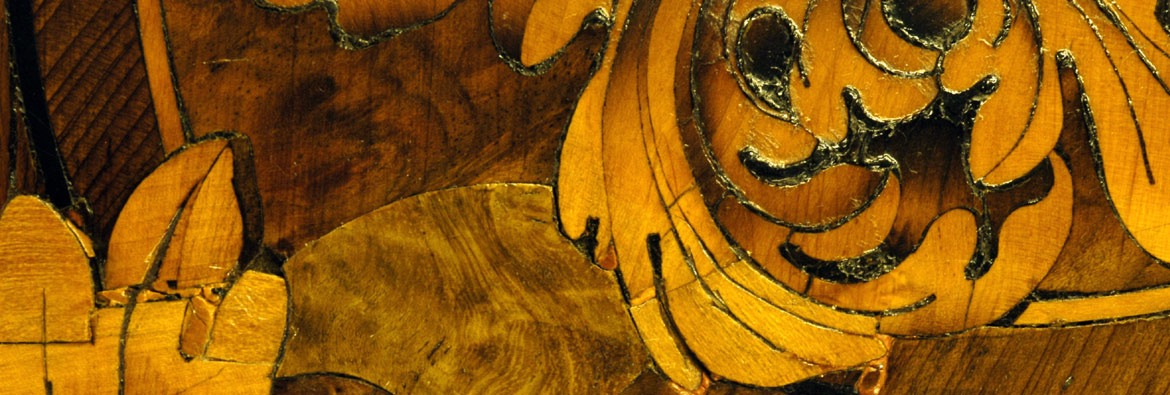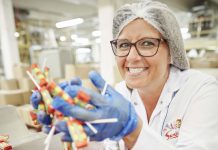A display of artefacts found by archaeologists as part of a major project to upgrade the A1 to a motorway in North Yorkshire will relocate to The Bowes Museum later this month.
The exhibition; Cataractonium: Unearthing Life in a Roman Town will run from Saturday 26 November 2016 until March 2017.
The display will feature recent finds including a rare carved gemstone depicting Hercules and the Lion, coins, and two Roman objects which appear to be gold. However scientific analysis has proved they are actually ‘fakes’ and were in fact brass plated and bronze plated to appear gold and have been preserved remarkably well.
To celebrate the exhibitions arrival the museum team and Northern Archaeological Associates will be running a series of family activities based on archaeological findings from 11am until 3pm in the Museum’s Education Vaults on the opening day (Saturday 26 November).
Visitors will be able to create a paper mosaic, make salt dough coins and create a Roman helmet. Visitors will also be able to handle pottery and view animal bones uncovered at the site. The activities are free for children under 16 when accompanied by a paying adult.
The archaeological team of around 60 people have been working along the A1 three years as part of a Highways England scheme to install an extra lane in each direction and improve the route to motorway standards between Leeming Bar and Barton.
During that time archaeologists have uncovered more than 200,000 prehistoric and Roman artefacts and sieved more than 86 tonnes of sediment samples.
Highways England Project Manager, Tom Howard, said:
It is fascinating to discover that nearly 2,000 years ago the Romans using the very latest technological innovations from that period. We are doing the same thing today – using the latest technology to improve this important route and significantly reduce journey times.
Dr Jonathan Shipley, the AECOM Archaeological Clerk of Works, said:
The archaeological excavations undertaken as part of this scheme represent a mammoth undertaking, and have greatly enhanced our knowledge of the area through the study of the spectacular remains encountered.
Dr Jane Whittaker, Head of Collections at The Bowes Museum, said:
We are delighted to be able to display these exciting items at The Bowes Museum. Visitors will be able to see them alongside other Roman artefacts from well known sites at Piercebridge and Binchester. Seen altogether, they represent the great wealth of evidence we have in this part of the country of Roman occupation and opportunity to appreciate the craftsmanship as well as the lives of this most fascinating culture.







